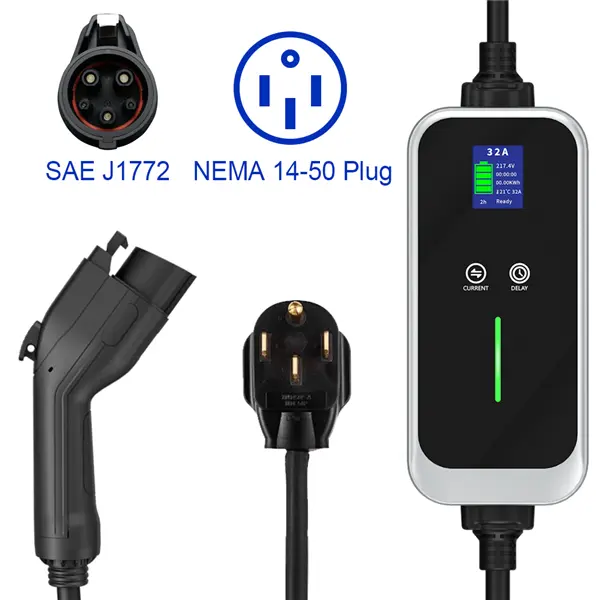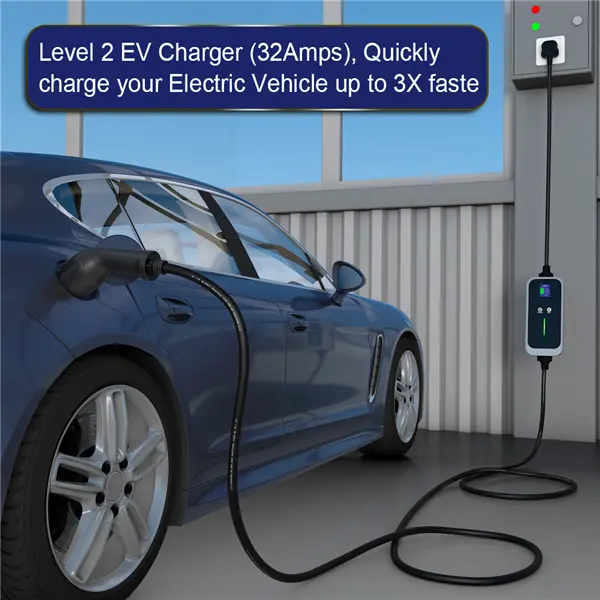Electric vehicles (EVs) are rapidly gaining popularity and are the first choice for environmentalists looking to reduce their carbon footprint. With the proliferation of electric vehicles, the need for a reliable and efficient charging infrastructure becomes critical. This is where EV chargers come into play.
Type 2 EV chargers, also known as Mennekes connectors, are widely used in Europe and have become the standard for EV charging. These chargers offer a range of power options from single-phase to three-phase charging. Type 2 chargers are most commonly found at commercial charging stations and are compatible with a wide variety of electric vehicles. They typically provide power from 3.7 kW to 22 kW, suitable for a variety of charging needs.


On the other hand, Type 3 EV chargers (also known as Scale connectors) are relatively new to the market. These chargers are introduced as a replacement for Type 2 chargers, mainly in French-speaking countries. Type 3 chargers use a different communication protocol and have a different physical design than Type 2 chargers. They are capable of delivering up to 22 kW, making them comparable in performance to Type 2 chargers. However, Type 3 chargers are not as popular as Type 2 chargers due to limited adoption.
In terms of compatibility, Type 2 chargers have obvious advantages. Almost all electric vehicles on the market today are equipped with a Type 2 socket, allowing charging with a Type 2 charger. This ensures that Type 2 chargers can be used with various EV models without any compatibility issues. On the other hand, Type 3 chargers have limited compatibility because only a few EV models are equipped with Type 3 sockets. This lack of compatibility limits the use of Type 3 chargers on certain vehicle models.
Another major difference between Type 2 and Type 3 chargers is their communication protocols. Type 2 chargers use the IEC 61851-1 Mode 2 or Mode 3 protocol, which enables more advanced functions such as monitoring, authentication and remote control functions. Type 3 chargers, on the other hand, use the IEC 61851-1 Mode 3 protocol, which is less supported by EV manufacturers. This difference in communication protocols may affect the overall user experience and functionality of the charging process.
In summary, the main differences between Type 2 and Type 3 EV chargers are their adoption, compatibility, and communication protocols. Type 2 EV portable chargers are more popular, widely compatible and offer advanced features, making them the first choice for most EV owners. While Type 3 chargers offer similar performance, their limited adoption and compatibility make them less readily available in the market. Therefore, understanding the differences between these charger types is critical for EV owners to make informed decisions and ensure an efficient and reliable charging experience.
Post time: Aug-15-2023

